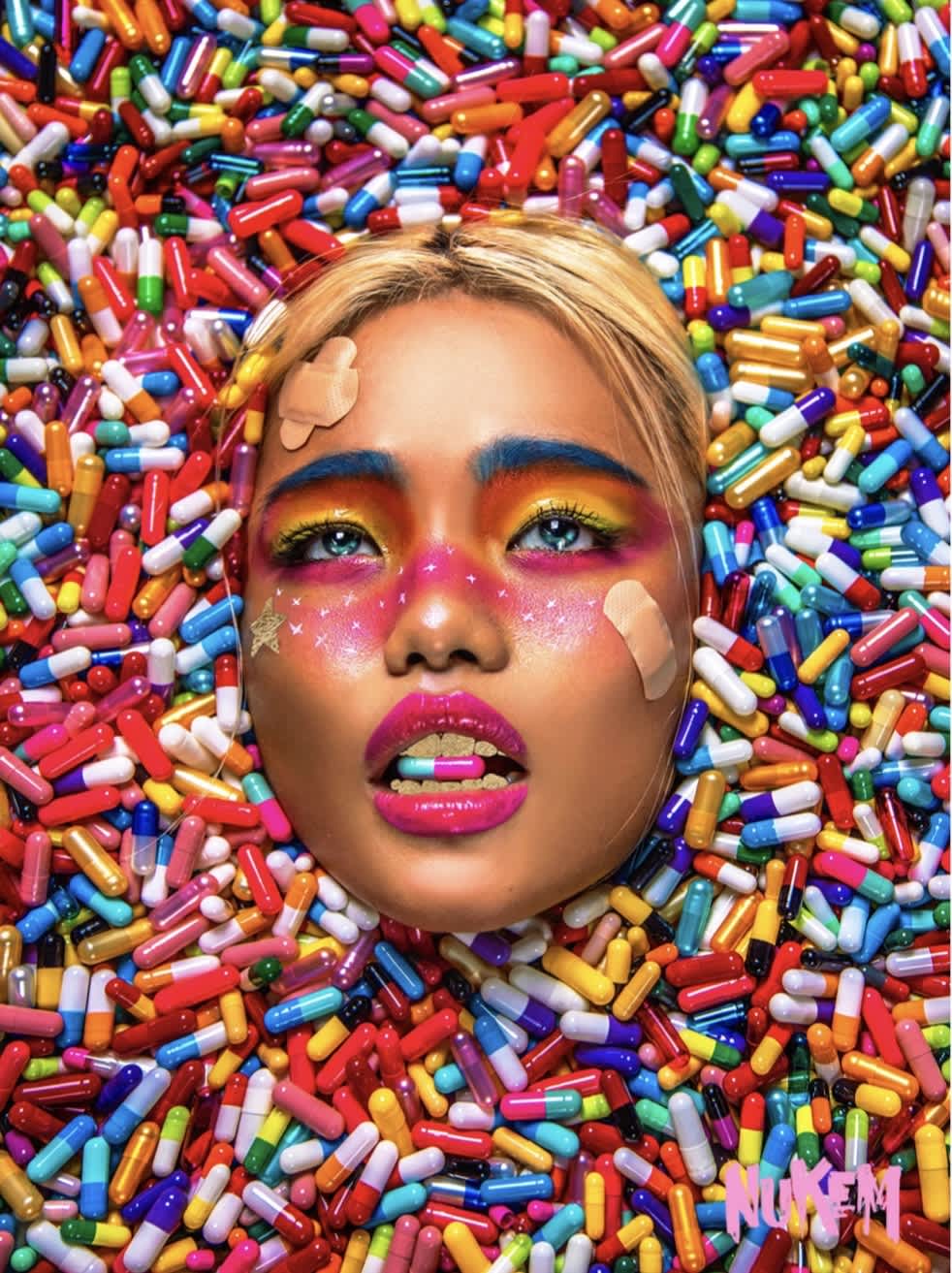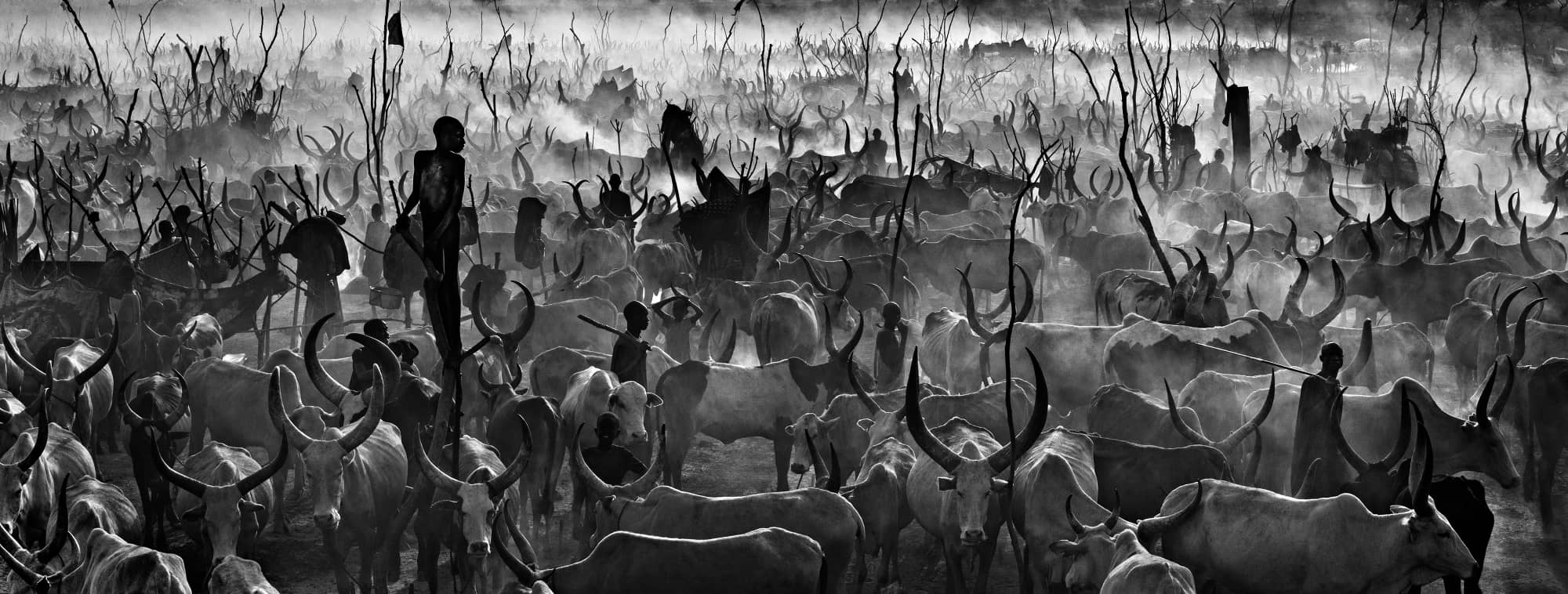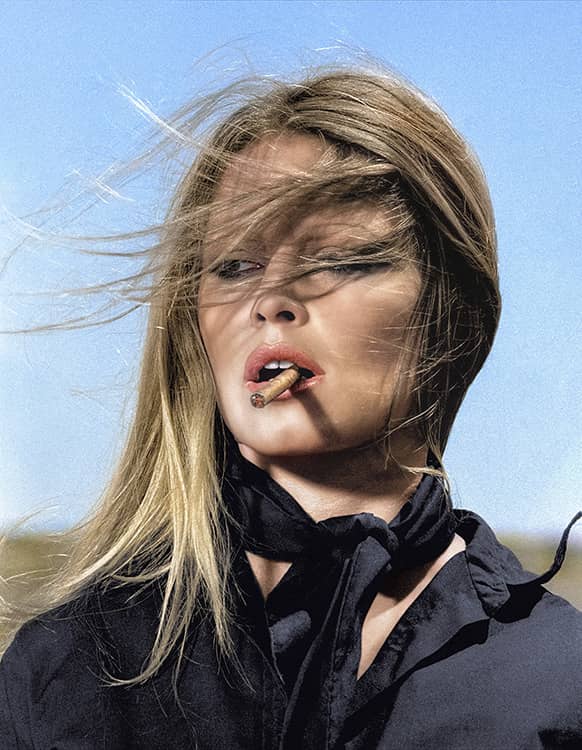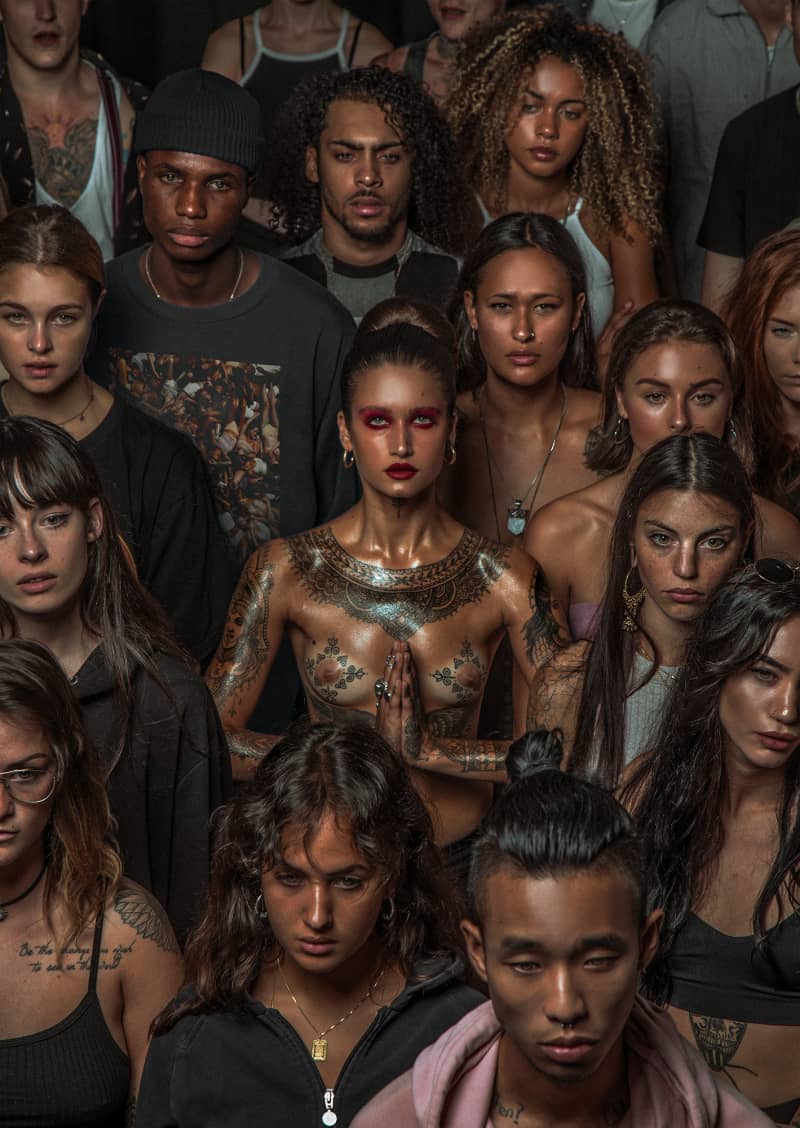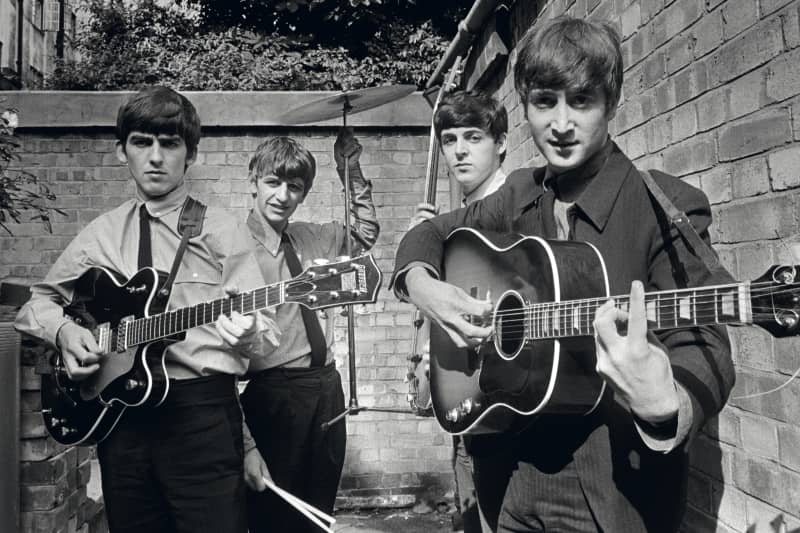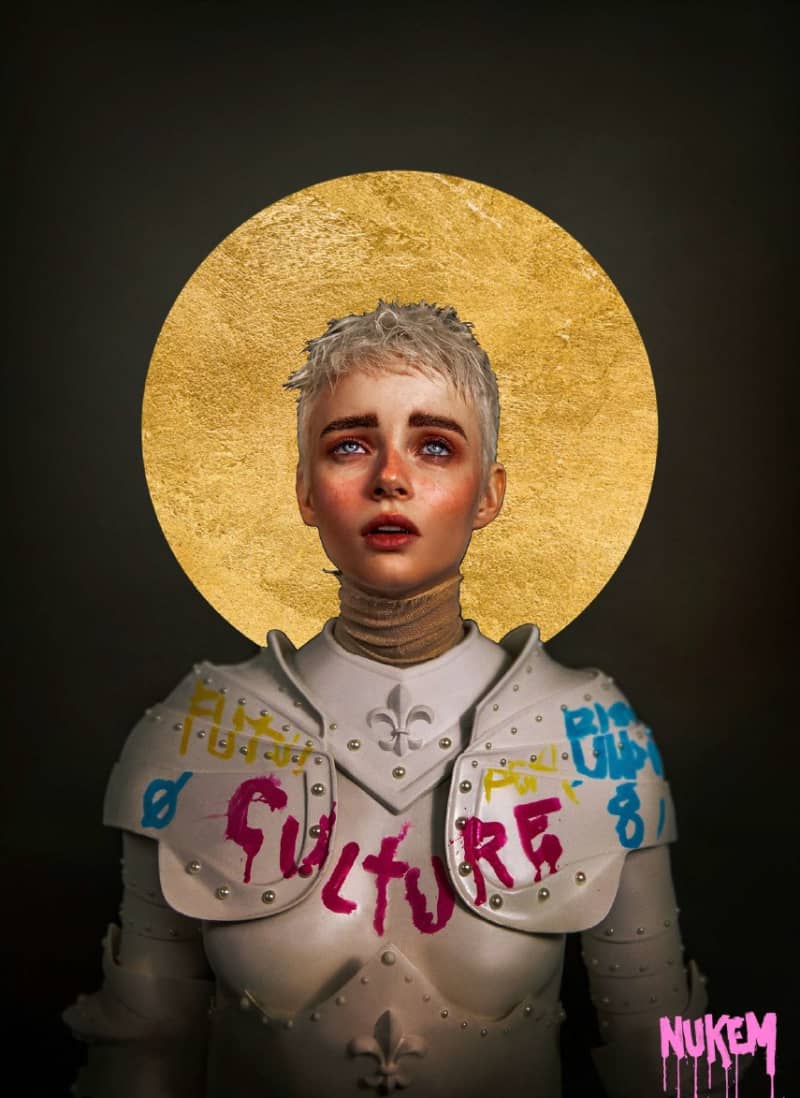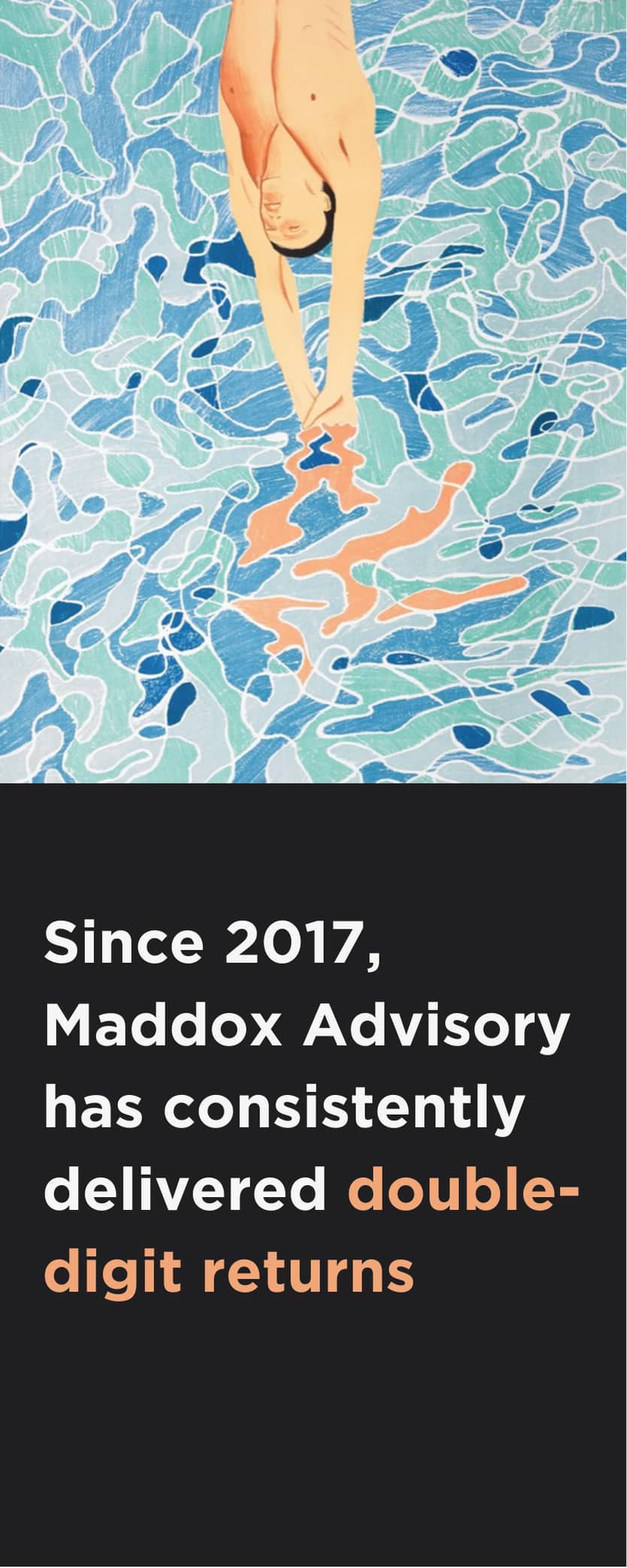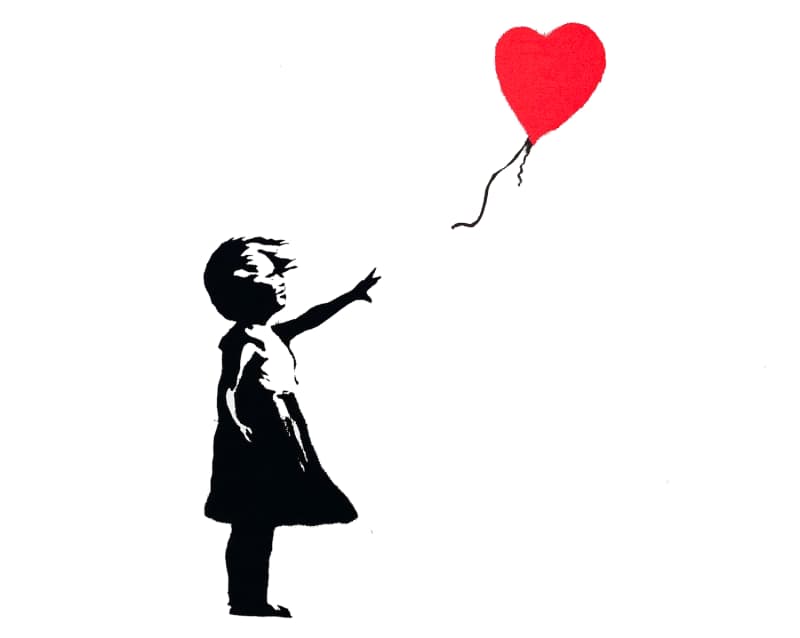We investigate how photography became fine art and map out some of the key photographers and contemporary sub-genres you need to know when talking about the field.
From Innovation To Art
Producing the first ever photograph on paper in 1816, known as a heliograph, French inventor Joseph Nicéphore Niépce is widely accepted as the creator of the camera. Following its initial invention, several different types of the camera were invented including the daguerreotype, the calotype, and the stereoscopic photograph. However, it was not until 1907 that colour photography was generally practiced.
It was around this time that photography made the shift from hobby to art form. As a photographer, publisher and gallery owner, American polymath Alfred Stieglitz is widely recognised as playing a key role in this transition, acting as an advocate for photography as an art form. First buying a camera in 1892, Stieglitz became obsessed with the medium and by 1902, the young photographer founded Photo-Secession, a radical movement promoting photography as fine art. Prior to the group, photography had been a documenting tool alone, and yet, Stieglitz saw the creative potential of the medium, pioneering a movement that would set precedents for centuries to come.
In celebration of this diverse medium, we outline some of the key photographers and sub-genres of the field, from the photographers who captured the swinging sixties to the artists who represent the future of the art form.
DAVID YARROW, MANKIND II (B&W), 2015
Capturing An Epoch: The Swinging Sixties
Known as the ‘cultural decade’, the 1960s brought us the Beatles, Woodstock and the moon landing. More importantly, however, to those with a keen interest in photography, is the emergence of a new type of celebrity photographer, whose work was as captivating as the stars it featured. The work of fashion photographers like David Bailey graced the covers of Vogue whilst the more candid celebrity shots of Terry O’Neill featured in national newspapers.
Capturing nearly every famous figure that you can imagine from that era, O’Neill shot everyone from Brigitte Bardot and Elizabeth Taylor to David Bowie and Frank Sinatra. The photographer is renowned for encapsulating the zeitgeist of a decade with his images, shooting his subjects in both unconventional and dynamic settings. Passing sadly in 2019, O’Neill is still considered one of the most established photographers of all time for his work, which perfectly captured the dynamism of the ‘swinging sixties’.
TERRY O’NEILL, BRIGITTE BARDOT (COLOURISED), 1971
Icons & Identities
From Yousuf Karsh and Diane Arbus to Annie Leibovitz and Rankin, portrait photography has a long and diverse history, with each photographer bringing something new and exciting to the historic sub-genre. One such artist is British photographer, Andy Gotts.
Known for his intimate portraits of famous figures, Gotts differentiates himself from his peers in numerous ways. Attending photoshoots alone, Gotts single-handedly organises and executes every photoshoot from start to finish, with minimal fuss and maximum efficiency. Understanding that time is valued above all else, Gotts has managed to get his craft down to a fine art, taking his photographs in as little time as needed, prompting American actor Paul Newman to christen the photographer ‘One-Shot Gotts’. In addition to his speedy process, Gotts also refrains from any post-production editing or airbrushing of his pictures, championing authenticity and verisimilitude.
ANDY GOTTS, KATE MOSS PORTRAIT
The (Not So) Decisive Moment
In 1952, photographer Henri Cartier-Bresson famously popularised the term ‘the decisive moment’ to describe the medium and its ability to capture a specific moment in a spontaneous real-life scene. Although a prominent school of thought within photography, the counter to this, staged photography, has also held great importance within the field. A range of fine art photographers with contrasting styles and messages like Cindy Sherman and David Lachapelle all capture highly curated scenes to convey a specific narrative, message or emotion.
Incorporating an assortment of different elements, from celebrity models to real animals, photographers like David Yarrow have elevated staged narrative photography. Known for his imagery of wildlife as well as his narrative scenes, Yarrow is a Scottish photographer whose work has become world-renowned, fetching impressive results at auction.
In 2019, Yarrow captured one of his most celebrated images, The Wolves Of Wall Street. Inspired by the infamous story of former stock-broker Jordan Belfort, the image features the American alongside a real wolf.
DAVID YARROW, THE WOLVES OF WALL STREET II, 2019
The Future of Photography
Despite now living in a social media fuelled society that is saturated by imagery, fine art photography is thriving. Earlier this year, Sotheby’s celebrated their fiftieth anniversary of selling photographs at auction by auctioning 50 masterworks with successful results, proving fine art photography has both a rich history and a burgeoning future ahead. With up-and-coming photographers like Haris Nukem pushing the boundaries of the medium, the future of fine art photography is bright.
